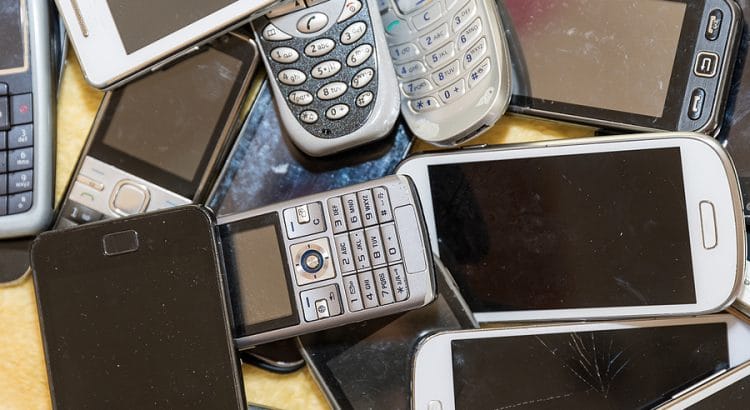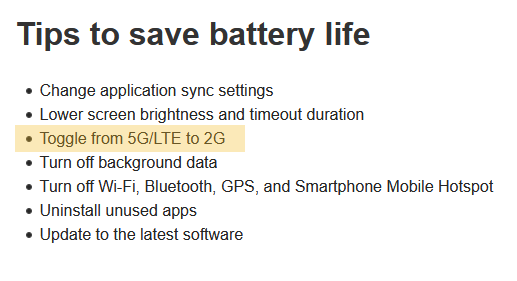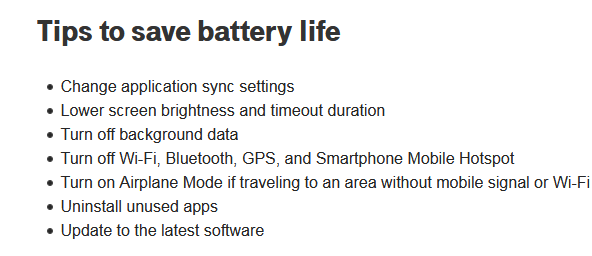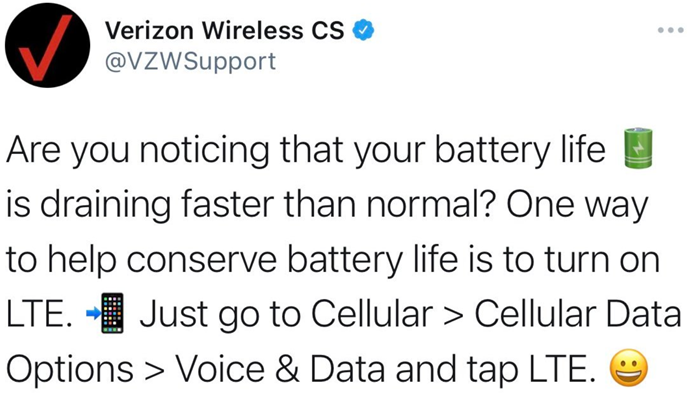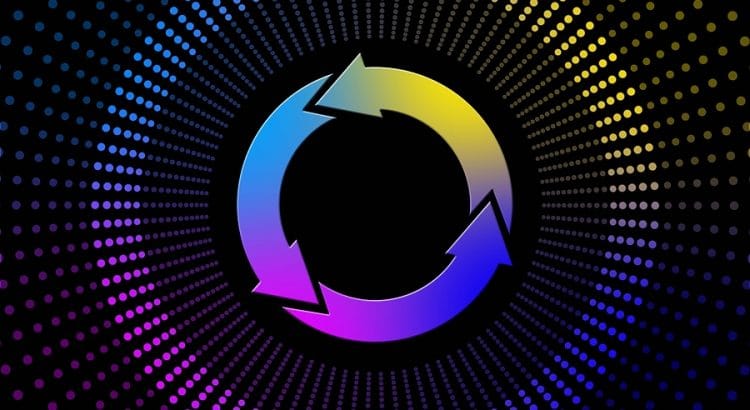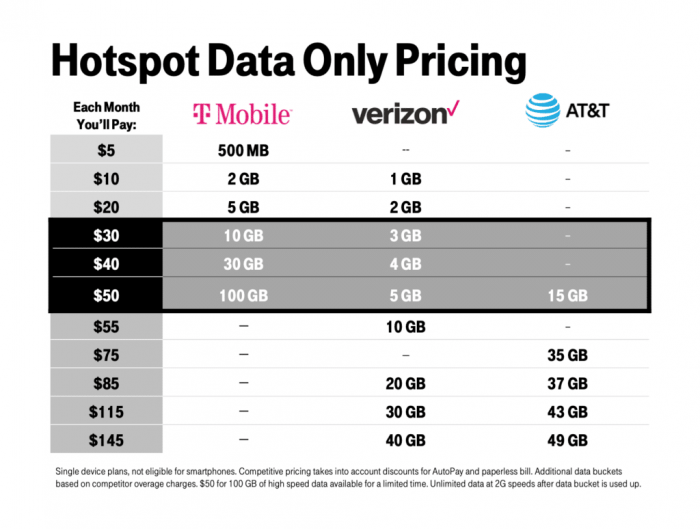Today, T-Mobile announced that it’ll offer customers the Samsung Galaxy A32 5G more-or-less for free.
The A32 has a regular price of $282 and is substantially less fancy than most of the 5G phones on the market. Still, from the bit I’ve heard about it, the A32 seems like a solid entry-level device.
Both new and existing customers can take advantage of the promotion by trading in a phone. Any working phone is sufficient as a trade-in:
Detailed Terms
The deal will be available starting April 18. Customers that take advantage of the promotion will get monthly bill credits for 24 months that effectively cancel out the usual $11.75 per month customers would have to pay for the A32 on an installment plan. Tax on the usual $282 price is due at the time of purchase.
Customers that cancel service before receiving all the monthly credits will be responsible for the unpaid portion of the A32’s cost.
5G Marketing
While T-Mobile’s network is worse than AT&T and Verizon’s networks in many respects, T-Mobile is the clear leader in 5G. T-Mobile has the most 5G coverage and arguably leads in 5G speeds. The company’s decision to offer free 5G phones looks like part of a larger goal of building hype around T-Mobile’s 5G dominance.
